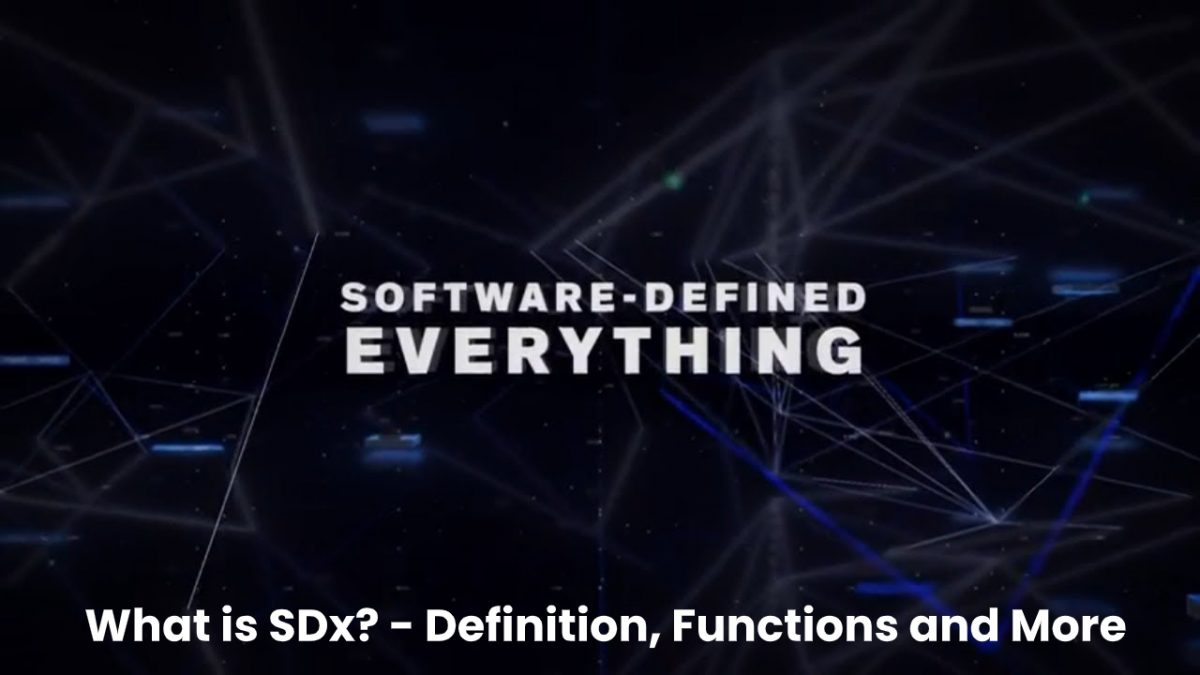SDx Definition
SDx (Software Defined Everything) is the era where the software applies to everything from servers, storage, data centers. And you could even say that to the most innovative piece of the puzzle, to the (WAN) wide-area network.
SDN changes the way companies design their IT environment by migrating the “control plane” of the network from each device to a central controller that manages all resources, both virtual and physical.
This allows a single administrator to configure or manage the entire network. As conflicting to each device managing its operation and programming it individually.
The technology brings huge benefits for companies, including cost reduction in IT and allows changes in the network quickly and easily.
Functions of SDx
Software-defined networks (SDN), Software-defined storage (SDS), or the Software-Defined Data Center (SDDC) constitute the current reality of a booming line since 2013. And which, today, becomes a trend for almost all new solutions to the IT infrastructure market.
The expansion of software-defined solutions considers as the natural evolution of the market. Besides, the SDx concept or the trend of ” software-defined everything ” (SDE or SDx) is being considered. And also, a viable situation has given the current reality of technology and indicators of market evolution in the near future.
The software definition of IT infrastructures (SDI) opens like an umbrella in which all solutions and products have as a common denominator the virtualization of the physical layer (hardware) and its provision as a service.
Aimed at Digital Transformation, organizations open up to the full potential of options offered by technology. And also, making it impossible to ignore the potential and direct benefits provided by software-defined technology. Flexibility, centralization, cost savings and agility in your activity/operations are advantages impossible to ignore.
SDN and SDS, the most advanced students of “software-defined” technology
We live a constant irruption of innovative technologies related to the security, mobility, and access of users to the network. And also, the avalanche of new highly interactive software platforms, the rise of the Internet of things (IoT). An explosion of cloud computing, intake and storage of higher data volumes and more volatile traffic patterns.
All of them are causing the transformation of traditional IT infrastructures towards more intelligent, agile, flexible, and scalable solutions. And also, services that are capable of automating all operations and delivery of new services. SDN is the answer in the world of networks, while SDS does the same in the field of storage.

